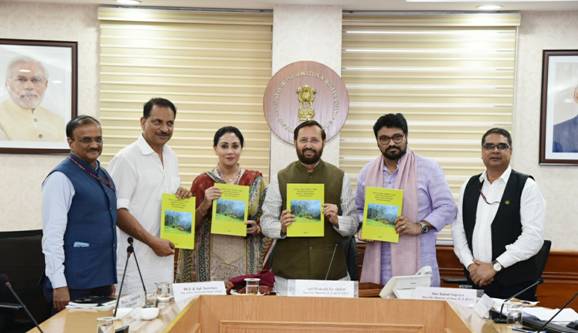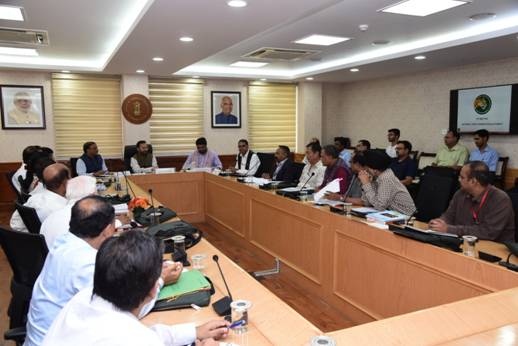Government to develop a master plan for Tigers at High altitude: Union Environment Minister
Union Environment Minister, Shri Prakash Javadekar released a report on Status of Tiger Habitats in high altitude ecosystems today in New Delhi. Releasing the report Shri Javadekar said that it is an exciting study as it reveals that even ecology at high altitude is compatible for the tiger growth and we will take inputs from this study to have a high altitude tiger master plan.

The instant situation analysis study provides the rationale for stepping up high altitude conservation of the tiger, while identifying possible viable habitats, corridor linkages, anthropogenic pressures, and induced landscape level changes for evolving an in-situ conservation roadmap. This study, led by the GTF, with range country governments of Bhutan, India and Nepal, along with conservation partners (WWF and country specific collaborators), has been supported by the Integrated Tiger Habitat Conservation Programme (ITHPC) of the IUCN AND dFw. This provides the action strategy for a high altitude tiger master plan, with gainful portfolio for local communities and ensuring centrality of tiger conservation in development, trough an effective coordination mechanism, involving stakeholders and line departments operating within the landscape.

The habitat of tiger of varied, encompassing several biomes and ecological conditions. However, most of the high-altitude habitats, within the range have not been surveyed for an appraisal of tiger presence, prey and habitat status. Hence, it become important to embark on a said appraisal, involving mapping of the habitat and carrying out a situation analysis for a future roadmap. Tiger habitats in high altitude require protection through sustainable land use, as they are a high value ecosystem with several hydrological and ecological processes providing ecosystem services and adaptation to mitigate the ill effects of climate change. Several high-altitude habitats in South Asia have the spatial presence of tiger, active in-situ efforts are called for ensuring their conservation.
***
GK/LV